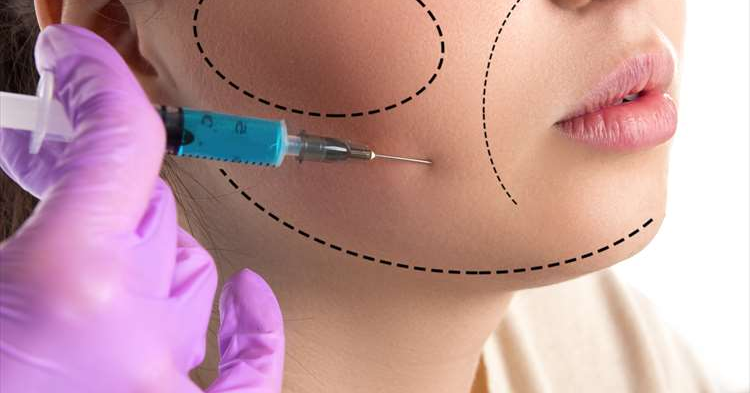What is Injection Lipolysis?
Injection lipolysis or a sort of mesotherapy or mesolipolysis, may be a non-invasive procedure that needs multiple fine injections of active ingredients into the treatment area beneath the skin to wreck lipocytes and thus reduce fat. this will be an efficient treatment to get rid of stubborn pockets of fat on the face, neck and body. Unlike surgery, these treatments are usually relatively simple, could also be multiple sessions, usually no post operative downtime and no anaesthesia needed.

How does it work?
The theory behind lipolysis is that together the ingredients cause fat to liquefy, dissolve and be eliminated from the body. . It causes acute vacuolization of adipocytes and inflammation within the septae destroy the adipocyte cell membranes leading to fat necrosis eventually.
Ingredients:
Various ingredients could also be used including combinations of vitamins and certain medications, depending upon the actual clinical condition. The commonly used one are sodium deoxycholate and phosphatidylcholine (PPC).
1.) Deoxycholic acid ( DCA) : After FDA approval of this molecule within the US for submental fat, ths molecule has gained immense popularity in injection mesolipolysis. DCA may be a salt that acts as a biological detergent to lyse cells. It induces adipose cell destruction thanks to its detergent action.
2.) Phosphatidylcholine (PPC): is additionally a bile component, a phospholipid, emulsifier, and surfactant. PPC is that the most abundant phospholipid component of cell membranes, a precursor to acetylcholine, and a constituent of lipoproteins. DC may be a constituent of bile.
Post care management –
- Use of ice/cold packs for reducing swelling, heat sensation and pain. It makes patients feel comfortable.
- Give anti-inflammatory drugs for 3 days
- we frequently combine injection lipolysis with HIFU ( high intensity focused ultrasound) or cryopilolysis in same session.
- Many patients see a result after the primary or second treatment, although for optimal results extra treatments could also be required.
Conclusion:
Injection lipolysis may be a very effective tool for dermatologists and aesthetic practitioners to supply something non invasive and effective to patients seeking for stubborn fat lysis. Though The US FDA approved product Kybella isn’t yet available in India, Fatx and few other products (similar composition) must be tried by dermatologists for aesthetic and even medical indications. With more studies on lipolysis with deoxycholic acid alone or together with phosphatidylcholine we will cause more refinement within the standard protocol and use of combination treatments like cryolipolysis and ultrasound.